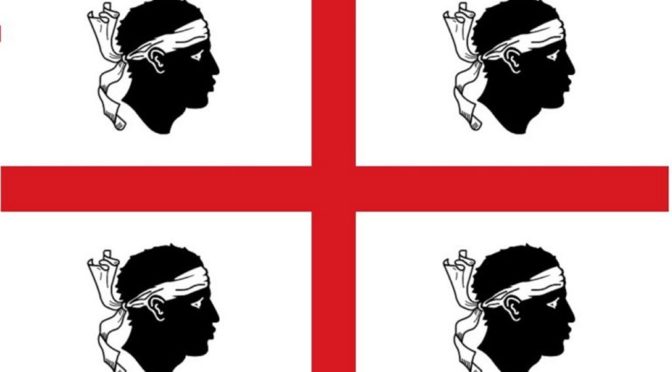
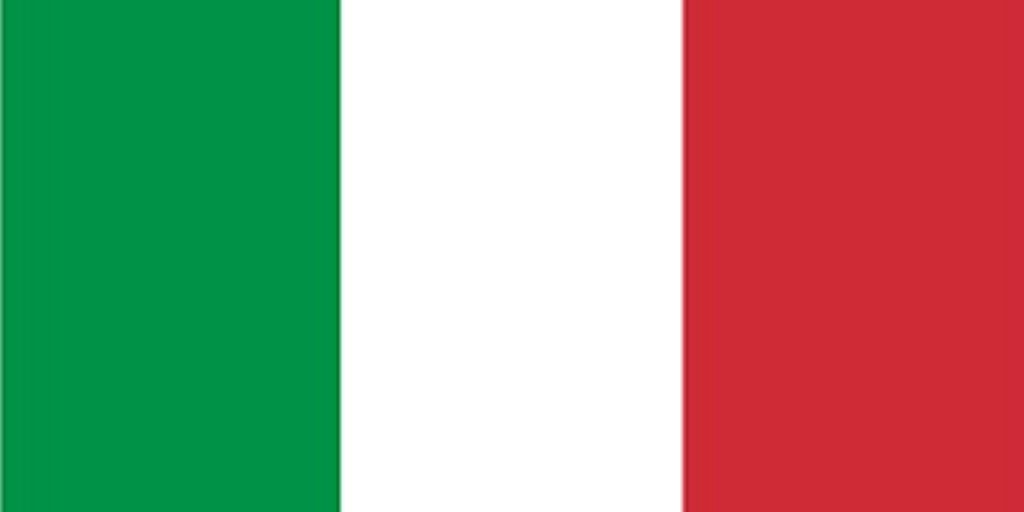
The Autonomous Region of Sardinia adopted the shield of the four moors as its official emblem on June 19th 1950. The adoption was ratified by an administrative order of the President of the Italian Republic in 1952. However, this icon history is hundreds of years old: real events are blended together with legends. After all, a peculiar banner like this has the power to stimulate the most diverse tales around it. Continue reading The shield of the four moors →
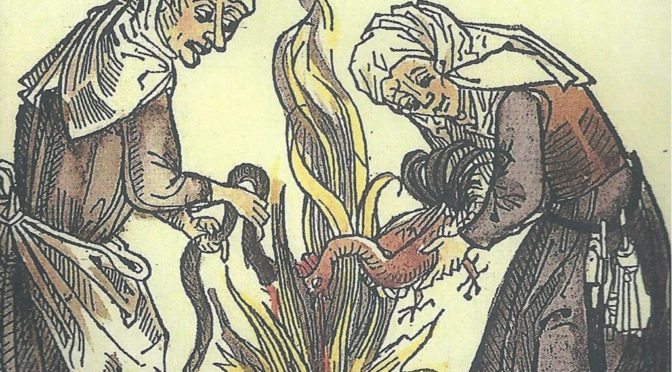

A trial for superstition and witchcraft in 1735 in Alghero.
Our story is set in the XVIII century, in Alghero, enclosed in the old town, defined by the harbour, by the countryside, from here you come and go, crossing the town gateway. People move around the alleys, through churches and buildings, where the population lives, stops by and makes small talks by the windows, at night men take shelter in taverns, looking for some consolation after a hard day at work. Throughout these places, people observe each other, listen to each other and share experience with each other. It is like if those men and women were still there, in some corner of the Alguer vella (the old Alghero), at the crossroad of the alleys, muttering in the streets, exchanging news and information. Continue reading Maria Cosseddu, the witch. →
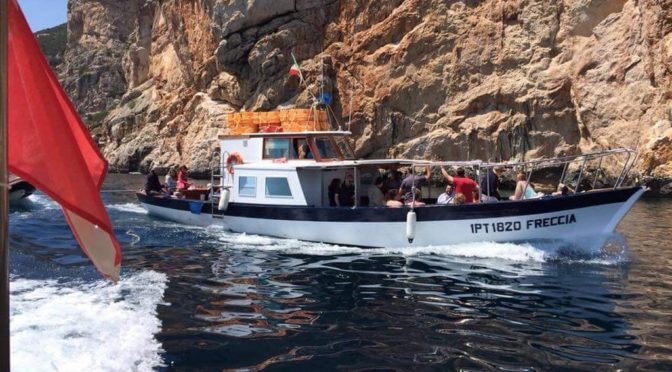

Four years ago, on an April morning, I received a call from Captain Antonio asking me to meet up. I was curious and so I went to the appointment. I received an interesting collaboration offer on board of the Motor ship Freccia whose indisputable and legendary Captain is him. I accepted, after all I knew him and the boat, the type of activity he runs, I love the sea and all its aspects, I enjoy getting to know new people and so on and so forth. So this was how I started my adventures on board of the Motor ship Freccia with Antonio. Continue reading An uninterrupted adventure: endless. →


Alghero year of foundation it is not well defined, the most plausible is 1102 (G. Manno: Storia della Sardegna), settled by the Doria, a Genoese family, who initially populated Alghero with a small group of Ligurians.
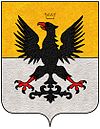 Doria’s family banner
Doria’s family banner
Around the origin of its name, there is no certainty either: the most logical one is the one that finds its reason in the word ‘seaweed’, in Italian alga (aliguerium), a very common aquatic plant in the whole Alghero’s marine area. The vast area around the town and the near plain Nurra was definitely populated since millennium: several necropolis and nuraghe are a proof of it. The Necropoli of Anghelu Ruju and the Santu Pedru one in the town urban area deserve a special mention. At the end of the XVII century after a census, the enumerated “nuraghi” were 100 circa, around Alghero and the whole Nurra. Another important remark, thanks to its size and preservation, goes to the Nuraghe Palmavera. There is, on the contrary, a lack of information about romans domination, except the Villa of Sant’Imbenia, in Porto Conte. Continue reading A brief history of Alghero →
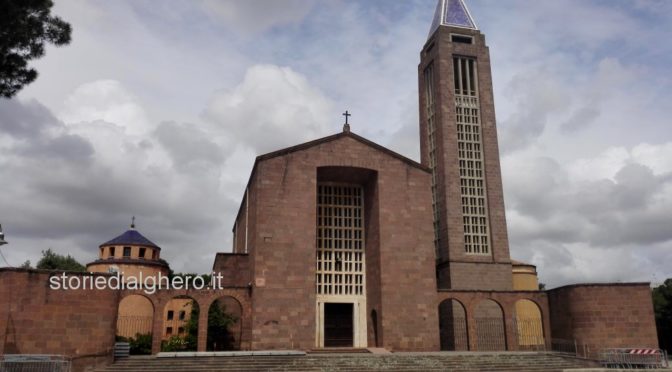
The birth of Fertilia is framed in the ambitious measure taken to improve the Nurra plain started at the end of the XIX century on the Calich pond. The work was conducted by the inmates of Cuguttu penal colony, near Alghero.
This project grew stronger with the Fascist Regime politics, very active in developing several areas of the peninsula.
The intervention starts with the constitution of the ‘Ente Ferrarese di Colonizzazione’ (Colonisation Authority of Ferrara), who acquires the Nurra district and its 6.452 hectares. Continue reading Fertilia →
"bonita y bien assentada"






